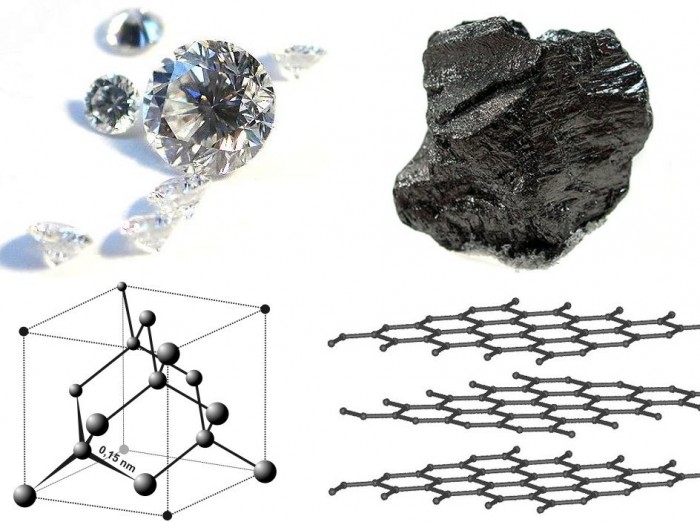
Researchers have discovered a new form of carbon that is harder than diamonds and cheaper to make. The discovery could lead to a countless number of advancements in the future.
According to researchers at North Carolina State University, the new phase of carbon, called Q-carbon, will have exciting new applications once researchers become more comfortable with its properties.
Unlike the making of synthetic diamond, Q-carbon doesn’t need to be subjected to extreme heat and pressure to be produced. In addition, Q-carbon glows when exposed to even low levels of energy.
“Q-carbon’s strength and low work-function – its willingness to release electrons – make it very promising for developing new electronic display technologies,” says Jay Narayan, the John C. Fan Distinguished Chair Professor of Materials Science and Engineering at NC State and lead author of three papers describing the work.
Researchers believe the material might only occur naturally in the core of some planets.
Q-carbon can also be used to create a variety of single-crystal diamond objects. It is made using substrates, such as sapphire, glass or a plastic polymer. According to the University’s statement, the substrate is then coated with amorphous carbon – elemental carbon that, unlike graphite or diamond, does not have a regular, well-defined crystalline structure. The carbon is then hit with a single laser pulse lasting approximately 200 nanoseconds. During this pulse, the temperature of the carbon is raised to 4,000 Kelvin (or around 3,727 degrees Celsius) and then rapidly cooled. This operation takes place at one atmosphere – the same pressure as the surrounding air.
“These diamond objects have a single-crystalline structure, making them stronger than polycrystalline materials. And it is all done at room temperature and at ambient atmosphere – we’re basically using a laser like the ones used for laser eye surgery. So, not only does this allow us to develop new applications, but the process itself is relatively inexpensive,” adds Narayan.






